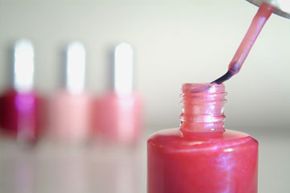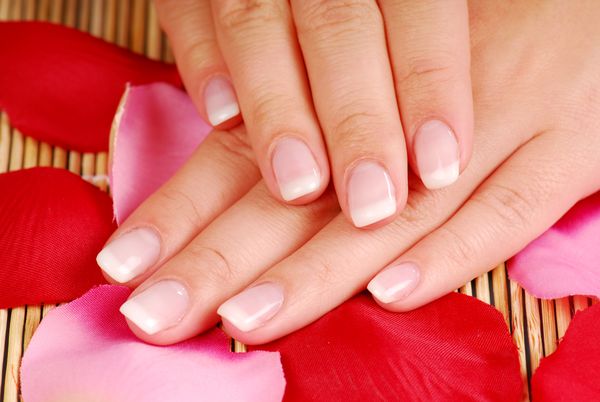A manicure and pedicure can be the perfect ways to de-stress after a hectic week at work. The perfect shade of nail polish can do just the trick to pull together an ensemble or make a daring fashion statement. But have you ever thought about the complex history, manufacturing process and chemical content that go into that perfect shade of red nail polish?
Decorative nail coverings have existed since 3000 B.C. The ancient Chinese created a nail covering concoction of beeswax, gelatin, gum arabic and egg whites, and, for color and aroma, added flower petals from roses and orchids to the mix. In ancient Egypt, members of the upper classes used henna to dye their hair and fingernails because decorative paint was a sign of prosperity. During the Chou Dynasty in 600 B.C., gold and silver polish was worn by royalty. In the 19th century, women treated their nails with red scented oils and polished them with chamois cloth. Additionally, women began to apply varnish with camel hair brushes to their nails.
Advertisement
Although nail coverings have existed to thousands of years, nail polish (also called lacquer or varnish) as we think of it today is a thoroughly modern invention. Nail polish began to take on its current form in the 1920s, when Michelle Menard, inspired by the paint used to cover automobiles, created what we now call nail polish. Soon Hollywood starlets and fashionistas popularized the concept of nail polish, and it continues to play an important role in fashion and cosmetics to this day. While nail polish has always served a cosmetic purpose, it now also can promote nail health and protection.
The idea for nail polish came from car paint, but does our nail polish have anything in common with its earlier versions? Read on to find out about the ingredients in nail polish.


